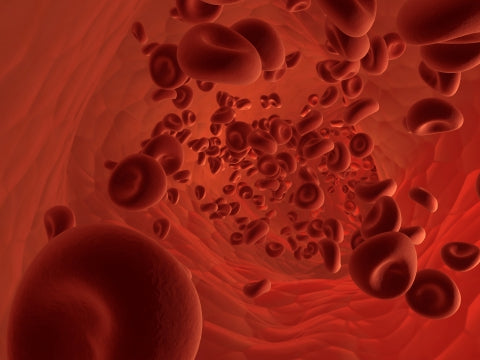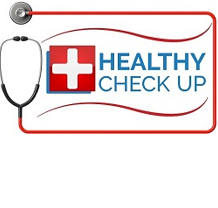Healthy Living
Understanding Your CBC
Knowing your blood count is important and unfortunately, not many individuals know this. To be honest, knowing your complete blood count isn’t necessary for everyone out there. But, there are some individuals who would benefit much more by knowing their complete blood count (CBC), such as individuals whose lives have been impacted by disease compared to healthy individuals. Because of this, the staff behind the scenes at Selfie Healthie are going to explain what the components of a CBC lab test include.
What is a CBC?
A CBC is also known as a Complete Blood Count. This includes a list of different important values, and it includes the following blood count levels:
- White blood cell or leukocyte count (WBC).
- WBC differential count.
- Hematocrit (Hct).
- Hemoglobin (Hbg).
- Red blood cell or erythrocyte count (RBC).
- Mean corpuscular volume (MCV).
- Mean corpuscular hemoglobin concentration (MCHC).
- Mean corpuscular hemoglobin (MCH).
- Red cell distribution width (RDW).
- Mean platelet volume (MPV).
- Platelet count.
The Most Common Test
Did you know that doctors order CBC tests most commonly over any other type of blood test? When you have a CBC blood test completed, you'll be given all of the information above, expanding the knowledge of your health much more resourcefully. Whether you are battling cancer and need to know your CBC or you are an individual who has a disease that requires knowledge of your count, Selfie Healthie has the affordable CBC blood tests you need.
What do the results state?
After you have received the results from your CBC blood test, you may need a deeper understanding of what they mean.
White Blood Cell Count
The WBC is the number of white blood cells in a certain volume of blood. The volume of blood should be stated on your CBC report. A normal range of WBC generally ranges between 4,300 and 10,800 WBC per cubic millimeter. You may also read leukocyte count, which is just another meaning of white blood cell count.
 White Blood Cell Differential Count
White Blood Cell Differential Count
Differing from the WBC count, the WBC differential count is comprised of a variety of different types of white blood cells which are distinguished and differentiated based on their shape and size. The cells that are counted in a WBC differential count include the following: Monocytes, lymphocytes, eosinophils, granulocytes and basophils.
Automated WBC Differential
When your blood is tested, the machine in which the blood is pushed through generates a percentage of the several different types of WBC in the differential count, this is called the automated WBC differential.
Manual WBC Differential
Additionally your white blood cells can also be counted individually under a microscope by a professionally trained technician or doctor, and this is called the manual WBC differential.
Red Blood Cell Count (RBC)
When you receive your results, you’ll notice there is a number next to RBC or red blood cell count. This simply states the volume of red blood cells in a certain volume of blood. Generally speaking, a normal range of RBC vary between 4.2 to 5.9 millions of cells per cubic millimeter. When reading the results, you may also notice RBC is referred to as erythrocyte, another word for red blood cell. Everyone seems to know what red blood cells are, which comes to no surprise that RBC are the most common cell type in every human. Red blood cells are quite a bit smaller than white blood cells, but they also larger than platelets.
Hemoglobin (Hb)
Hemoglobin is a type of protein that is mixed within the red blood cells. A hemoglobin’s job is to carry oxygen around the body and give blood it’s red color. An average range for hemoglobin in an individual ranges from 12 to 16 grams per deciliter for women, and approximately 18 grams for men.
Hematocrit (Hct)
Hematocrit is defined as the ratio of the volume of red cells to the volume of whole blood. The ratio differs between male and female, approximately 37 to 48 percent for females and 45 to 52 percent for men.
Mean Corpuscular Hemoglobin (MCH)
MCH is defined as the average amount of hemoglobin in the average red blood cell. This calculation is found from the value given from the hemoglobin and red cell count. A normal range of MCH for both men and women averages between 27 to 32 picograms.
Get to know your blood.
It’s important that you understand the details of your blood draw. Buy your CBC lab test today and schedule an appointment for a blood draw near you. Stay tuned for a wealth of knowledge about more of your blood results in our next blog, including the definition of mean corpuscular hemoglobin concentration (MCHC), red cell distribution width (RDW), platelet count and mean platelet volume (MPV).



 White Blood Cell Differential Count
White Blood Cell Differential Count